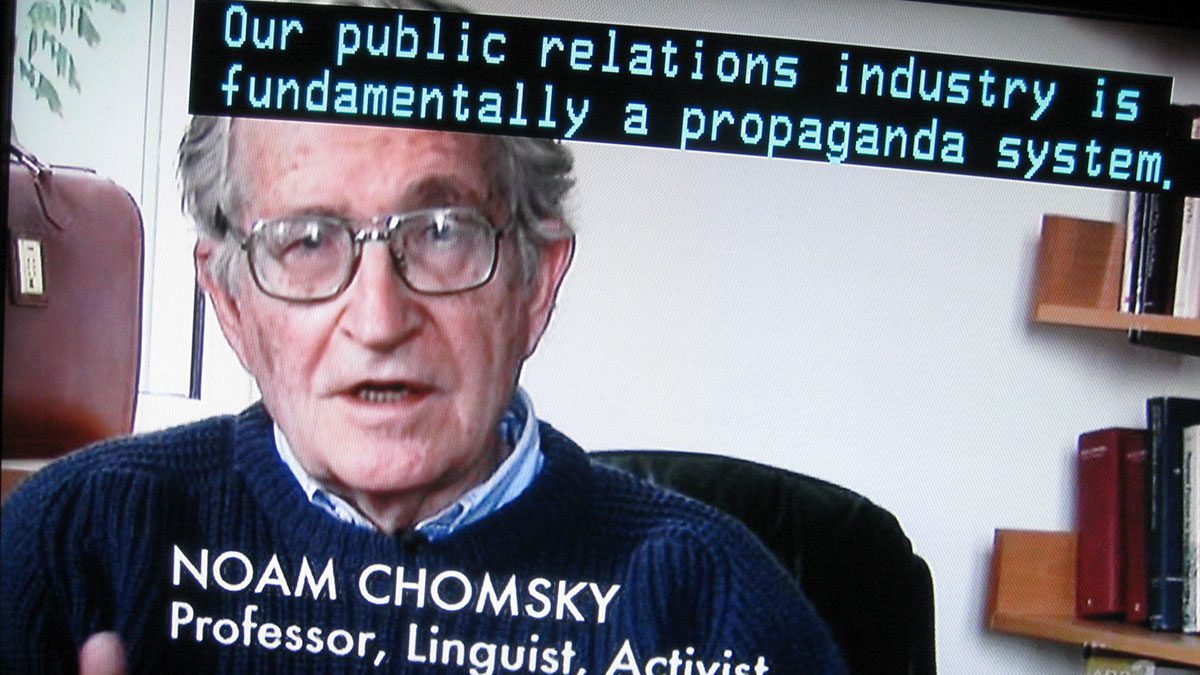Mark Fishman, associate professor of sociology at Brooklyn College, City University of New York, investigated routine news production by examining the work practices of reporters and other news workers. His research findings were published by the University of Texas Press in 1980 in a book entitled Manufacturing the News.
At the beginning of his book, Fishman touches on the practical mode of social reproduction by quoting from W. I. Thomas, The Child in America (1928):
Our picture of how the world works is integrally tied to how we work in the world. By acting in accordance with our conception of the way things are, we concertedly make them the way they are, whether we are treating pieces of paper as money, conducting a routine conversation, or electing a president (p. 3).
The Research Setting
At the time of the study (1973-74), the Purissima [California] Record held a virtual monopoly over news consumption in both the city of Purissima (population 75,000) and its metropolitan environs (population 150,000). The paper’s daily circulation of 45,000 approximated the number of households in the metropolitan area… Its news department consisted of 57 full-time reporters, editors, and photographers–at least four times the news gathering resources of any other media in the area… The Record, as well as the smaller news organizations, covered the community by following activities in city hall, county government, and the police department. Only the Record extended its coverage beyond these agencies into the court system, educational institutions, suburban governmental units, environmental protection agencies, and the financial, small business, and real estate communities (pp. 18-19).
The Beat
Fishman notes that there are many conceivable ways by which a group of individuals could be organized to report the news–the happenings of the world. But since the 1890s American newspapers have settled on one predominant mode of coverage, known as “the beat.” The beat is a journalistic concept grounded in the actual working world of the reporter. The beat provides places to go and people to see (by making “rounds” of the beat) that will provide a stable supply of “news” on specific topics of public importance through written accounts and interviews. The beat is defined territorially as an entity with stable locations, stable actors, and stable actions.
Fishman’s investigation into the news gathering practices of the Record revealed that 70% of the reporting staff were assigned to covering beats. The rest of the reporting staff worked on “general assignment” out of the newsroom, where assignments were given by editors, or to specific reporters at their specific request. From neighborhood associations all the way up to federal agencies, the beat reporter encountered an already formed and systematically organized structure of activities and information.
Without exception, only formally constituted organizations and groups were the routine subjects of information gathering on beats (p. 49).
When it turned out that even rocks, trees, and squirrels are made available to the newspaper through official agencies [such as the Forestry Service], then it is no exaggeration to say that the world is bureaucratically organized for journalists (italics in original, p. 51).
Fishman found several analytically separate stages in news production and listed the associated tasks sequentially as: detecting occurrences; interpreting them as meaningful events; and investigating their factual character. He goes on to explain that these tasks are in practice performed for the reporter with little input from him or her, because “the structure of the reporter’s news gathering work (the round) is shaped by the bureaucratic organization of the activities within the beat territory. The substance of what reporters gather (bureaucratically packaged activities) is produced within the agencies they cover. Whatever the sphere of human activity or natural occurrences, as long as it is systematically covered through the beat, the news worker sees it from a round and knows it through officials and authorities, their files, and their meetings. Quite literally, the domain of coverage is produced for the news worker in formally organized settings by clerks, forest rangers, police officers, stockbrokers, councilmen, morticians, and judges–all certified status incumbents in structural positions of knowledge” (p. 52). “For reporters, the most creditable information or the hardest data are accounts that come from the most competent news sources, who are bureaucrats and officials recognized as having jurisdiction over the events in question” (p. 94).
Bureaucratic Idealizations
So we see that the methods (work practices) by which journalists detect events and determine facts are integrally tied to bureaucratic idealizations of the world. Such practices lead reporters to present an ideological view of the existing social and political order, because news work is predicated on the assumption that bureaucracies function “properly” (for example, that officially declared goals, criteria, and guidelines are those actually followed).
Bureaucratic case histories (an accumulation of “accounts of the accounts which agents produce and through which they produce the meaning of the world”*), when treated by reporters as plain fact, help the bureaucratic agency make the reality it wants and needs to make in order to justify itself. Not only does routine news provide ideological accounts (constructs of constructs) of real people and real happenings; it ends up by legitimating institutions of social control by disseminating institutional rationales to the public as though they were facts.
It is not so much that the media persuade news consumers that all is well with the present social and political order. Rather, news consumers are led to see the world outside their first-hand experience through the eyes of the existing authority structure. Alternative ways of knowing the world are simply not made available. One result is a sharp disconnect in people’s perception of social reality between the restricted sphere within which personal experience provides a counterweight or corrective to the official frame of vision and the wider sphere within which the absence of personal experience leaves the individual wholly dependent on official accounts. The disconnect is experienced most clearly on those rare occasions when official news reports deal with events in which we were personally involved, enabling us to compare official with personal accounts.
Ultimately, routine news places bounds on political consciousness. The public is led to assume that the world outside their direct purview is the proper sphere for official (bureaucratic) control, that everything falls within the jurisdiction of some official agency, that policy makers do indeed make the important decisions while administrators merely implement those decisions, and that with the exception of a few corrupt or incompetent officials governmental institutions function in accordance with rational legal standards.
“In the Natural Course of Events”
Fishman’s research suggests that reporters do not really do much “from scratch” when producing routine news stories. The detection, interpretation, investigation, and even much of the formulation of the written story have already been done for them by police officers, city clerks, insurance adjusters, morticians, etc. The work that remains to be done by the journalist amounts to little more than compilation.
Naturally, the work of these “outsiders” is on their agencies’ dime. Imagine the labor costs that a news organization would have to bear if it did not have such bureaucracies to rely on for this essential work! In effect, an enormous network of governmental agencies, corporate bureaucracies, and community organizations underwrite the cost of news production. The modern news organization is utterly dependent on this invisible subsidy. Even if a news organization were able to afford the cost of a more independent investigation of events, it would be to a large extent hamstrung by institutional barriers erected to impede unofficial communication (the penalties that both governmental and private employers impose to deter potential whistle-blowers, the threat of libel suits, commercial secrecy, etc.).
Many media critiques, from Sinclair Lewis’ The Brass Check (1919) to Robert W. McChesney’s Political Economy of Media (2008), have focused on the distortion of news, especially in selection and emphasis, exerted by advertisers. Fishman shows that even with no direct interference from private enterprise the news production process shapes the news in support of the status quo “in the natural course of events.” Conspiracy in the narrow sense may not play a significant role, but the broader structures of domination are at least as effective in producing the same outcome. To paraphrase a REM song:
You’ve got your feet on the ground,
But it’s your head that leads you around.
* H. Garfinkel, Studies in Ethnomethodology (Eaglewood Cliffs, NJ: Prentice-Hall, 1967).



